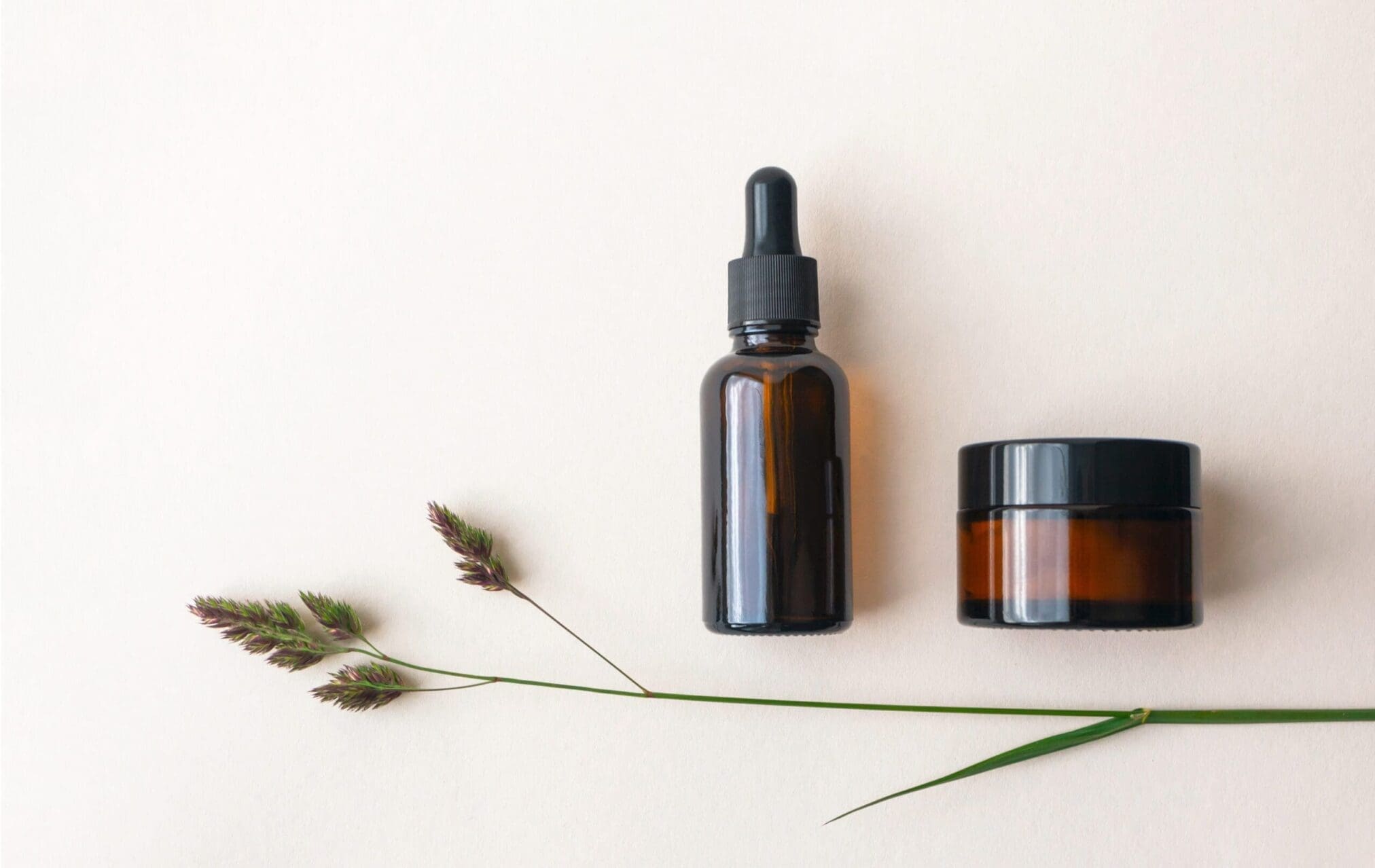Cyclopentasiloxane (D5) and Cyclotetrasiloxane (D4), two of the most common silicones used in cosmetic products, were recently restricted for use in the European Union.
What changed?
The Regulation (EU) 2018/35 establishes that Cyclopentasiloxane (D5) and Cyclotetrasiloxane (D4) are allowed only in wash-off cosmetic products up to 0,1% as of 31 January 2020.
Further to this publication, the Regulation 2019/831 of 22 May 2019 has updated the Annex II of the Cosmetics Regulation 1223/2009/EC. Annex II contains the list of banned substances that cannot be used in cosmetic products placed on the EU market, and now includes Octamethylcyclotetrasiloxane (D4) – entry 1388.
In practical terms, this means that all wash-off cosmetic products will have to contain less than 0,1% of Cyclopentasiloxane (D5) as of 31 January 2020. Moreover, it is not allowed to intentionally include Cyclotetrasiloxane (D4) in the formulations of either leave-on or rinse-off cosmetic products. The only case, when D4 can be present in a cosmetic product formulation is when it is technically unavoidable when following good manufacturing practices.
Wash-off or rinse-off cosmetic products are those meant to be removed with water after application. They include shampoos, hair conditioners, shower gels, liquid soaps, etc.
The European Chemicals Agency (ECHA) plans to extend the restriction to leave on products – those intended to remain on the skin, like creams and make-up products.
In March 2018, the German authorities launched a proposal for Cyclopentasiloxane (D5) and Cyclotetrasiloxane (D4) to be identified as Substances of Very High Concern (SVHC). If this proposal is accepted, further changes might come up.
What is the problem with these ingredients?
Cyclotetrasiloxane (D4) is toxic to human reproduction and accumulates in the environment with unpredictable long-term effects. Cyclopentasiloxane (D5) can also be harmful to the environment. Both are bio persistent and bio accumulative particularly in water environments.
The major issue is the silicones’ purity – or the lack of it. Cyclotetrasiloxane (D4) is a common impurity of Cyclopentasiloxane (D5) and vice-versa. Both are always linked.
What do you need to do?
- Reformulate all your wash-off cosmetic products to contain less than 0,1% of Cyclopentasiloxane (D5).
- Remove Cyclotetrasiloxane (D4) from all your cosmetic products formulations.
- As a precautionary measure – plan to replace Cyclopentasiloxane by other silicones in leave-on cosmetic products.
Conclusion
In the EU, cosmetic ingredients are constantly under review by the Scientific Committee for Consumer Safety (SCCS) and the Competent Authorities. The aim is to assess their safety and establish restrictions for the protection of human health.
Silicones are currently on the spot. The attention is drawn into one of the most widely used – Cyclopentasiloxane. Cosmetics manufacturers and their Responsible Person should closely follow the updates from the SCCS and the amendments to the relevant Regulations to make the right decisions towards ensuring compliance of their products on the EU market.
With more than 30 years of experience in regulatory affairs, Obelis experts will be happy to help you achieve your products’ compliance – contact us today to discuss your presence on the EU market!
Revised by Luminita Pascanu
Senior Expert
20.01.2020


